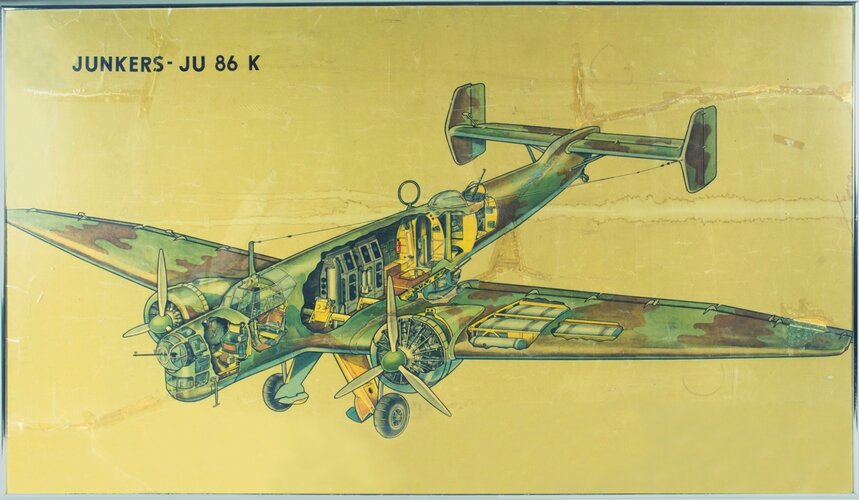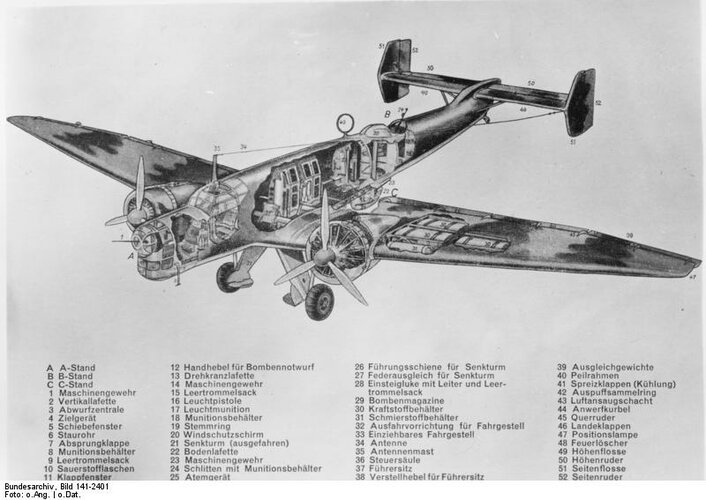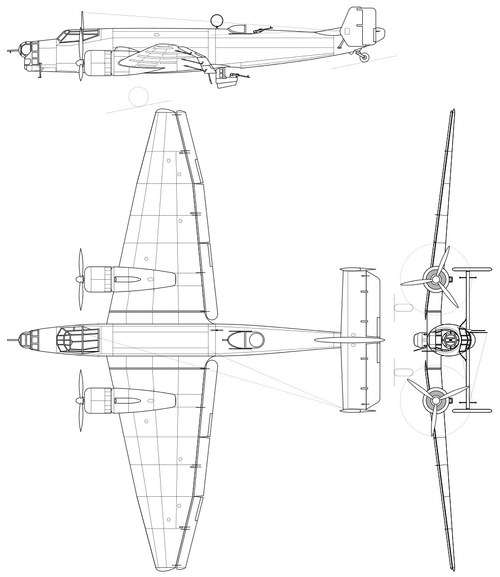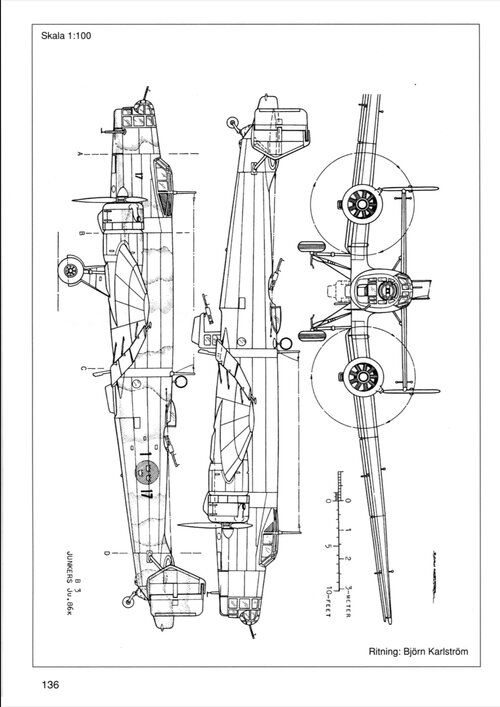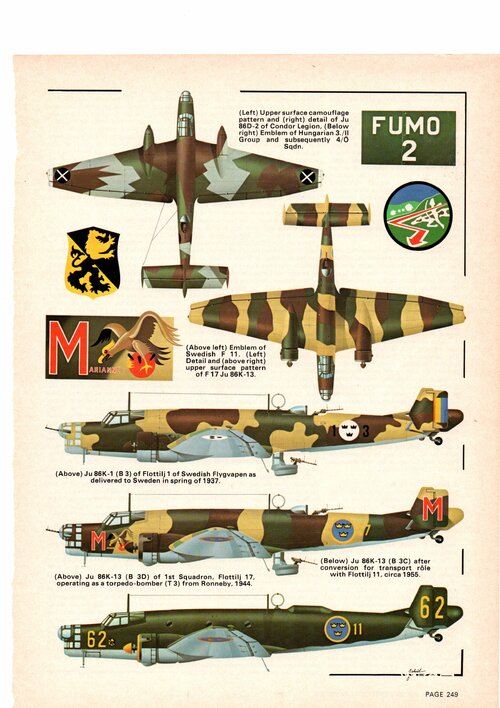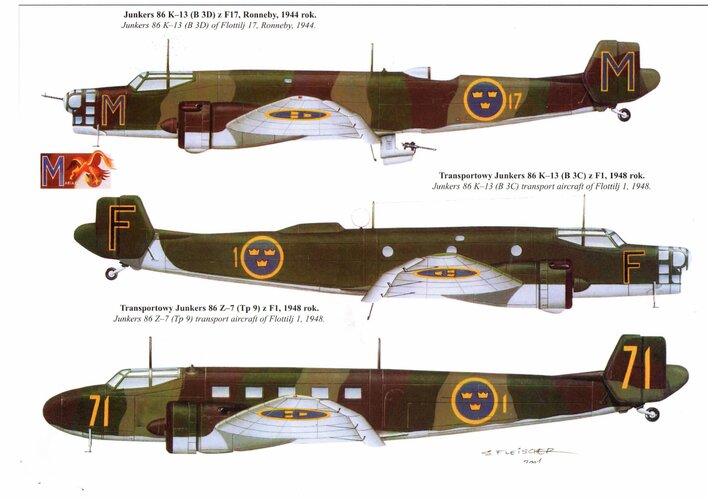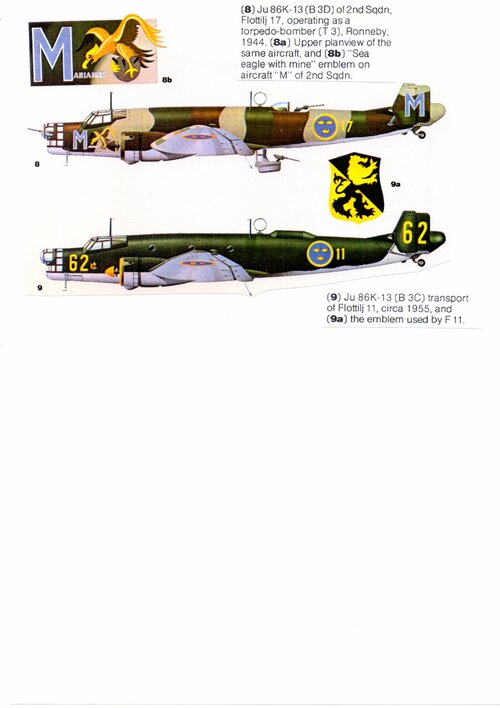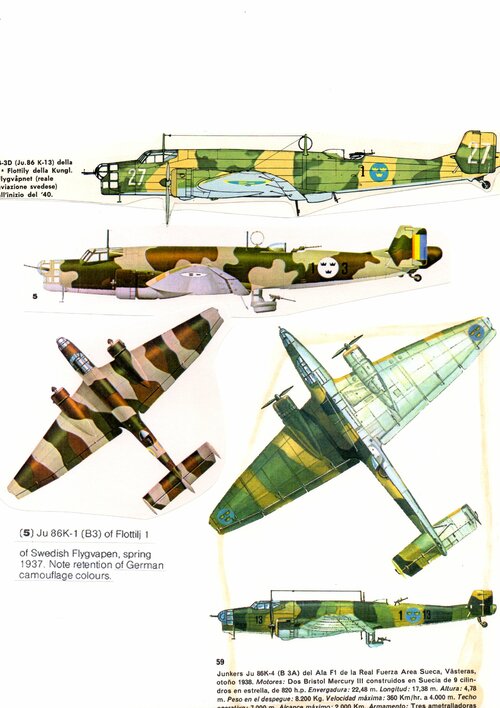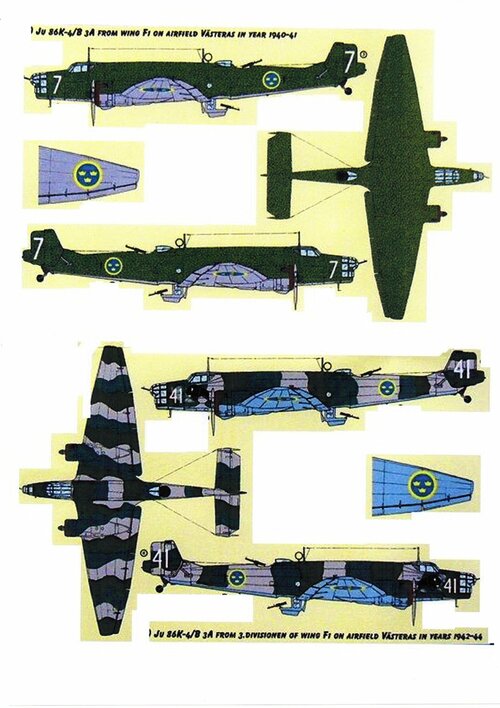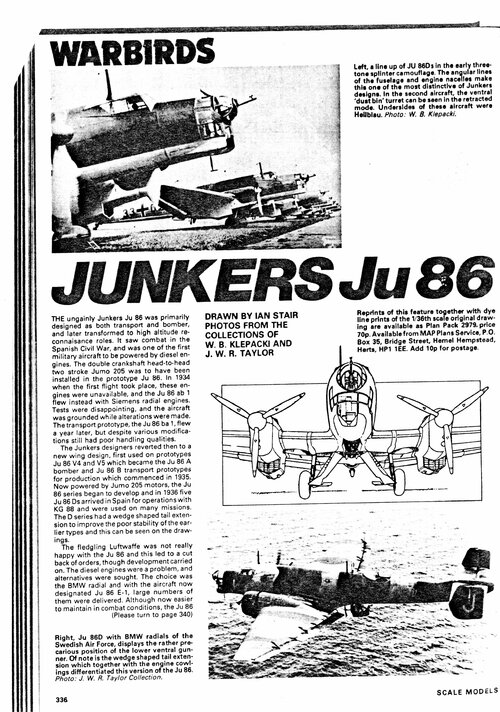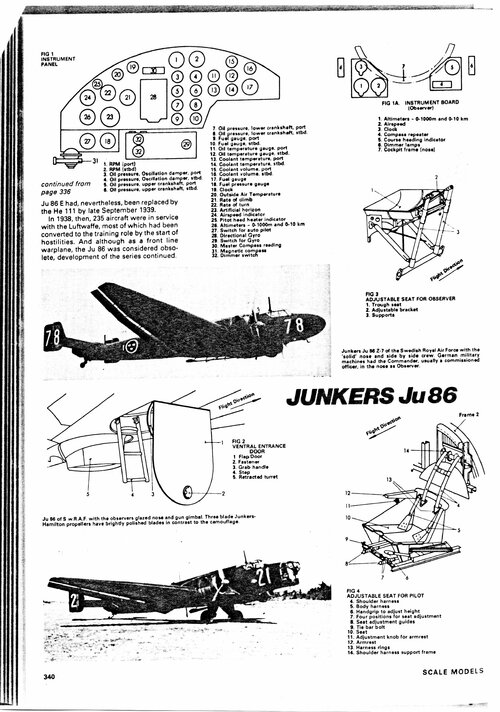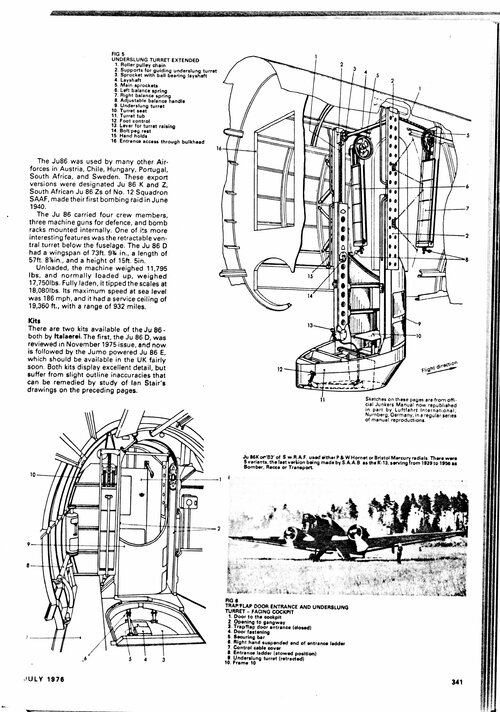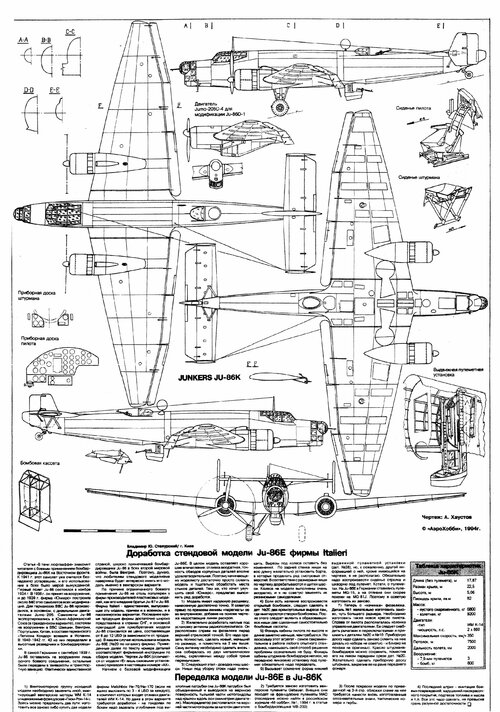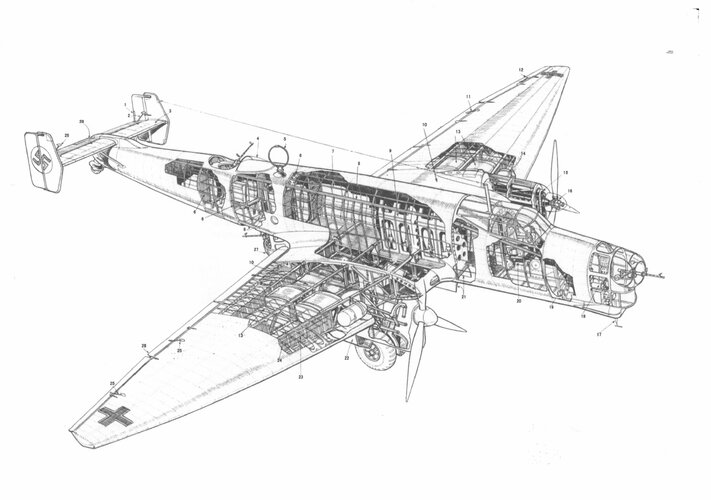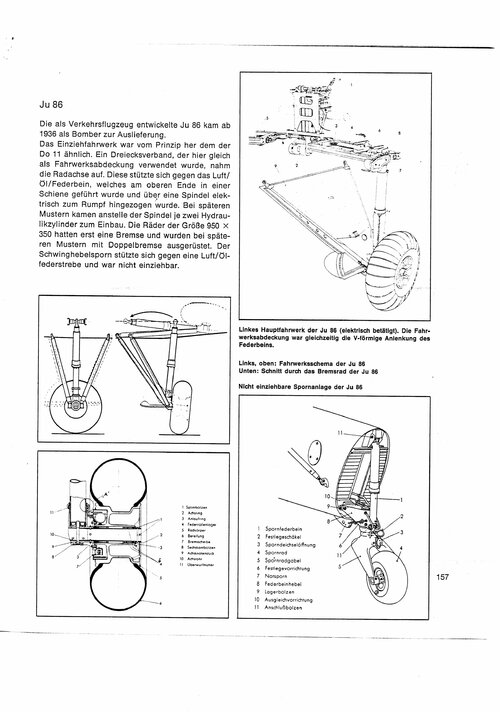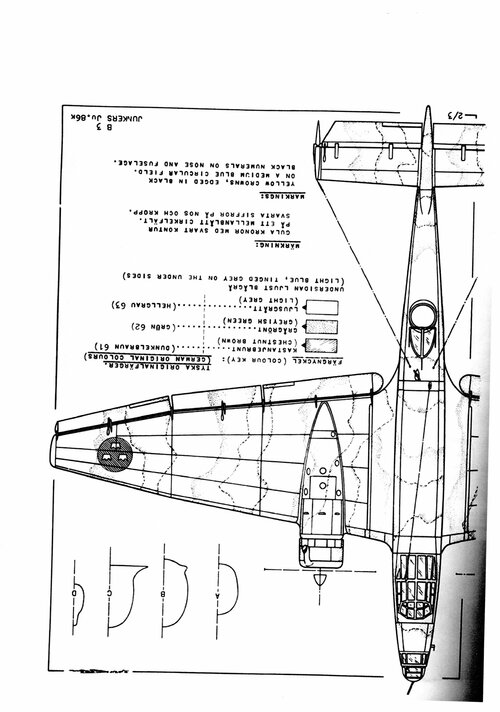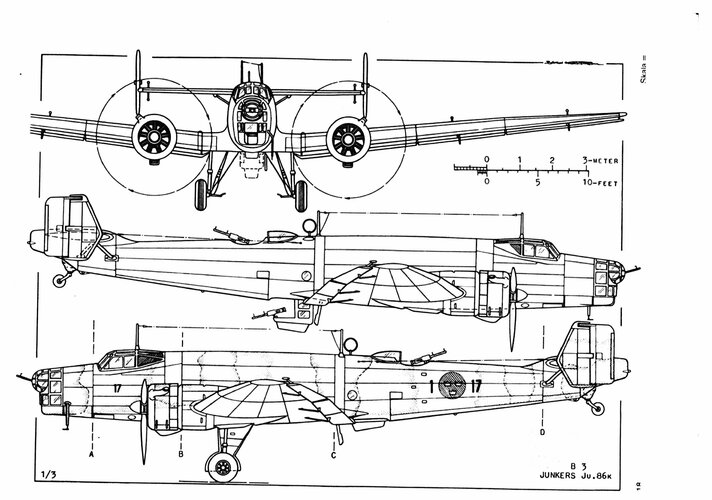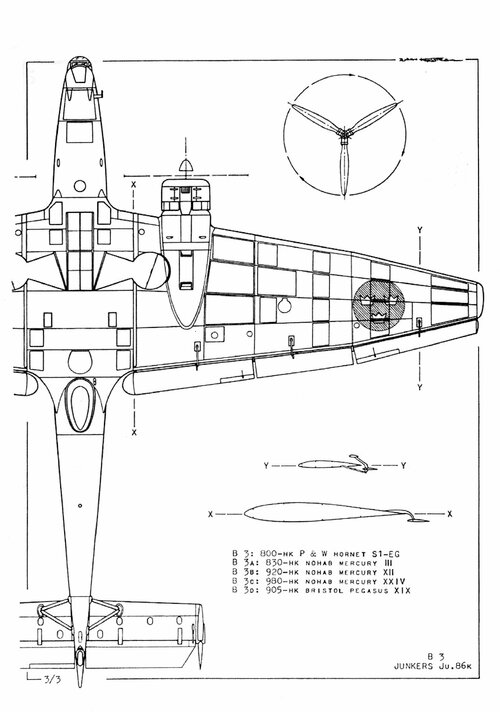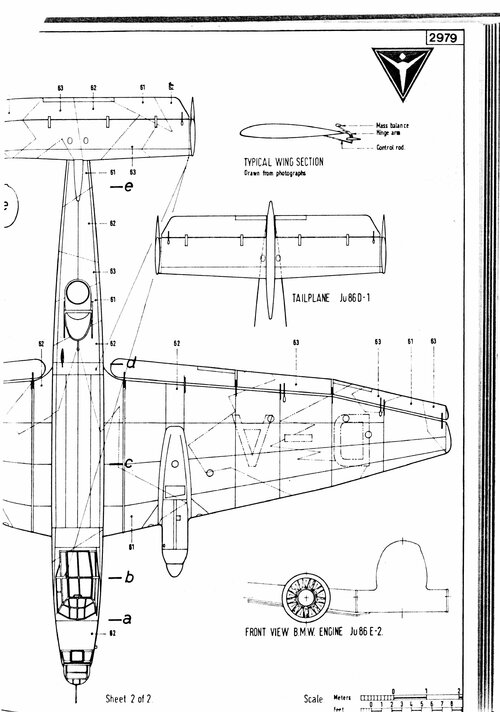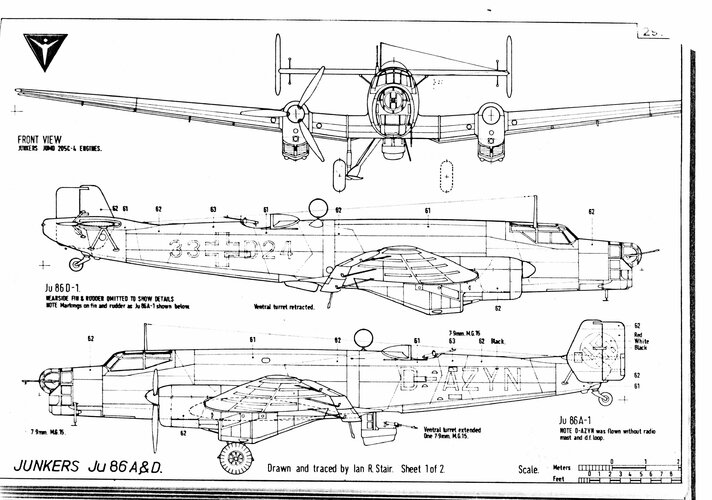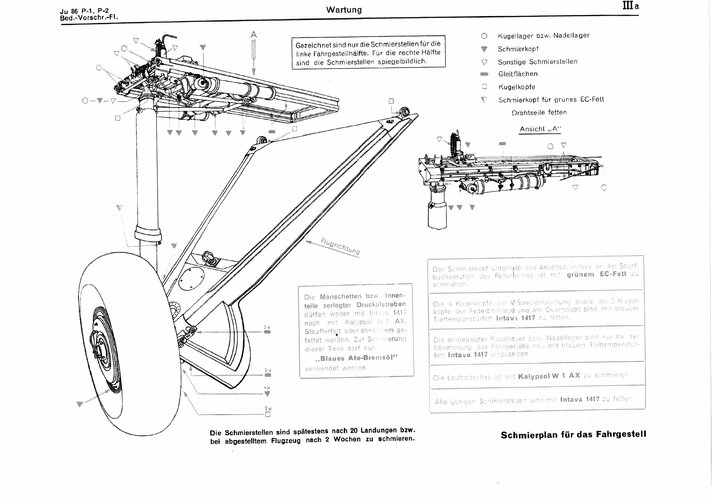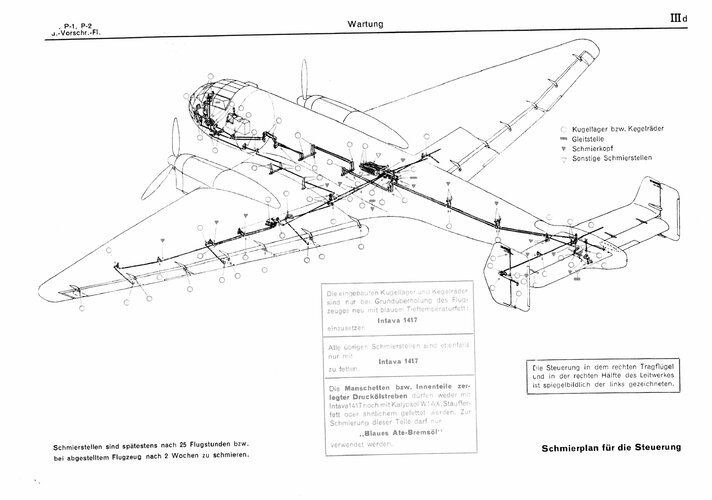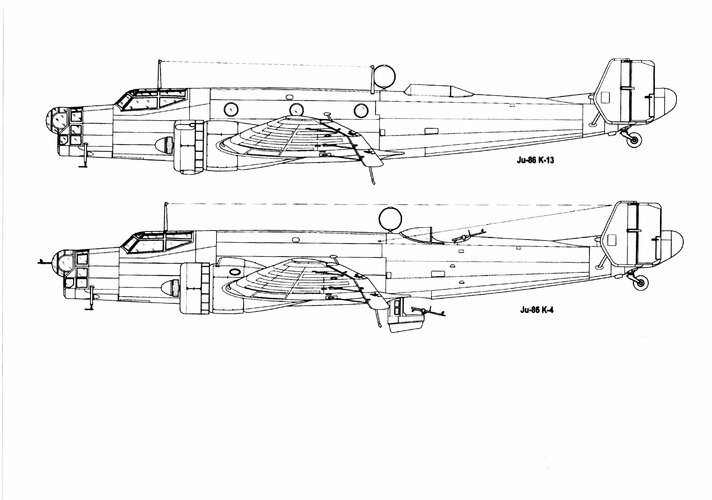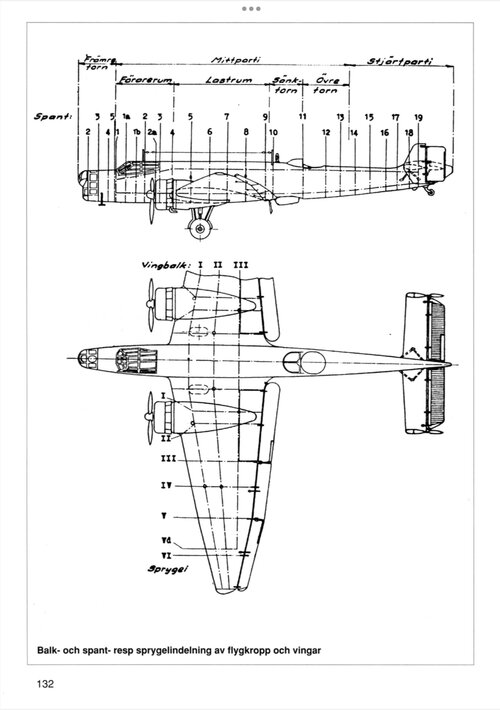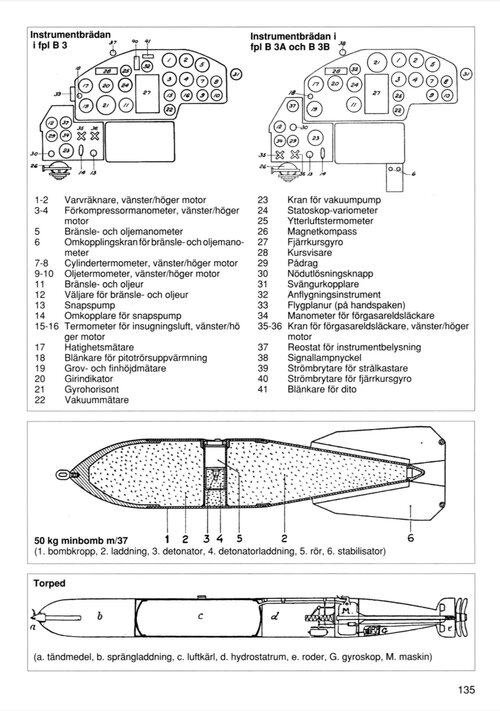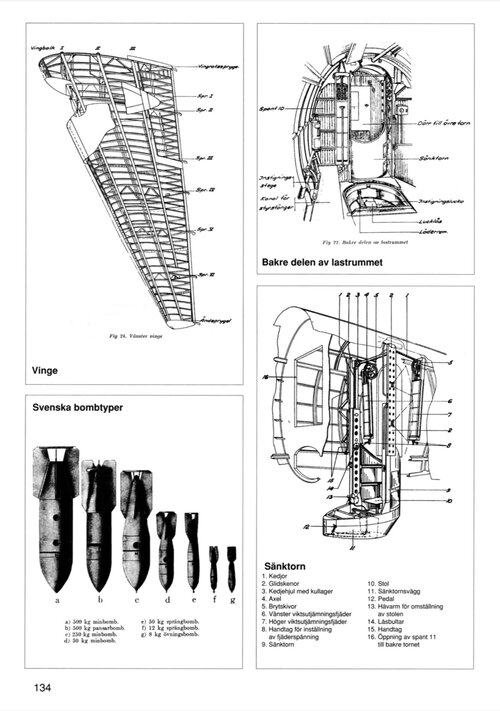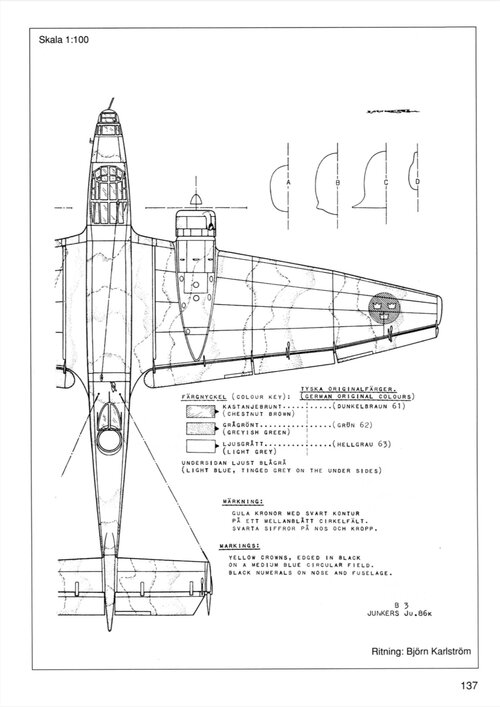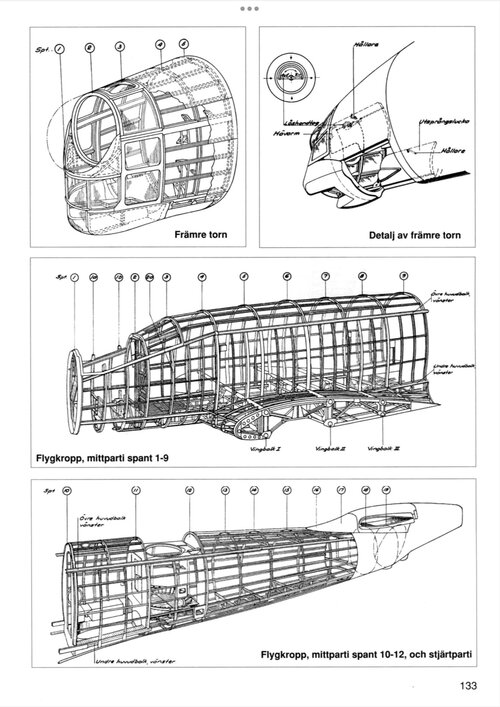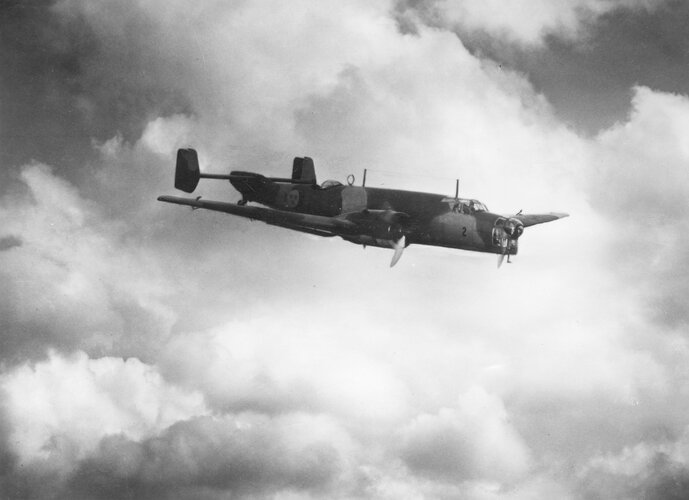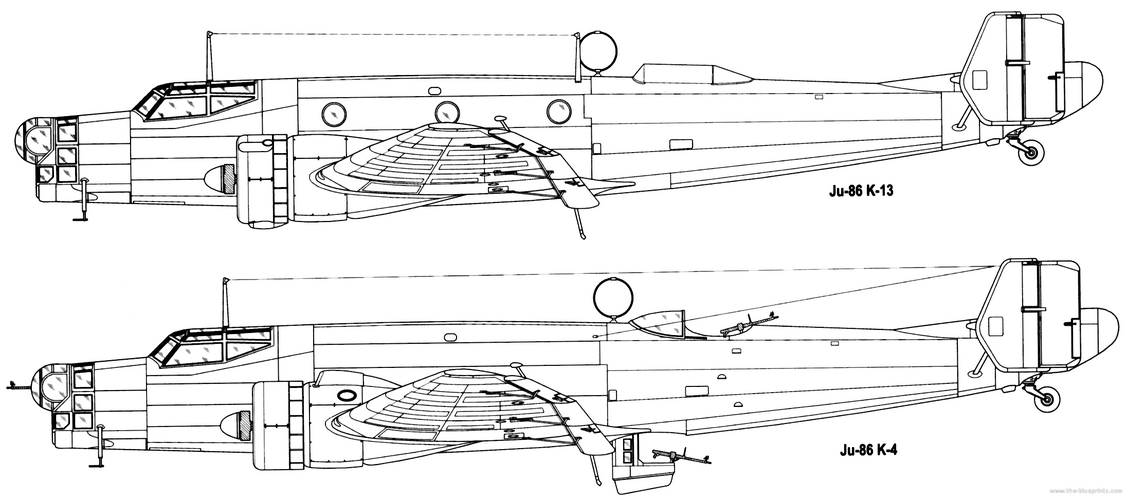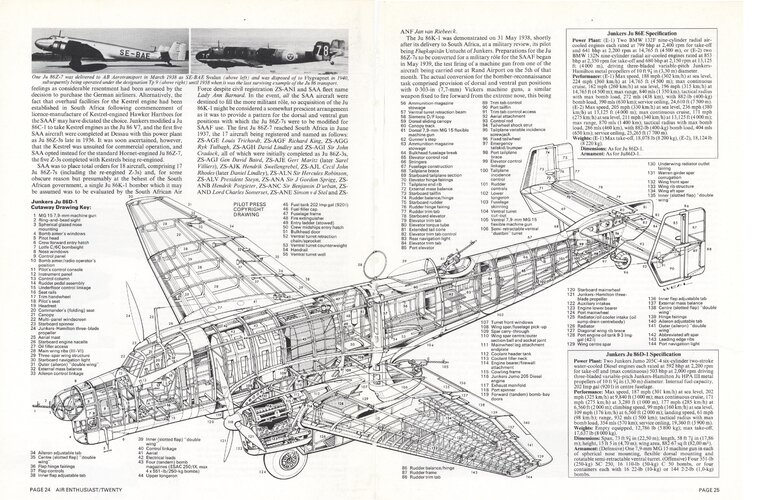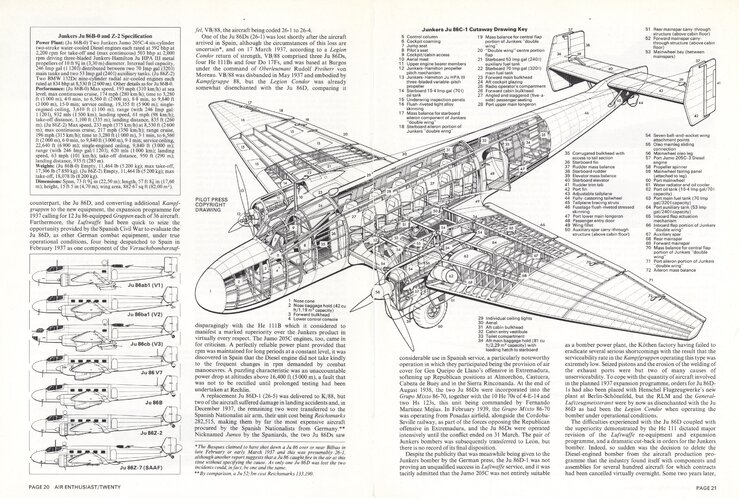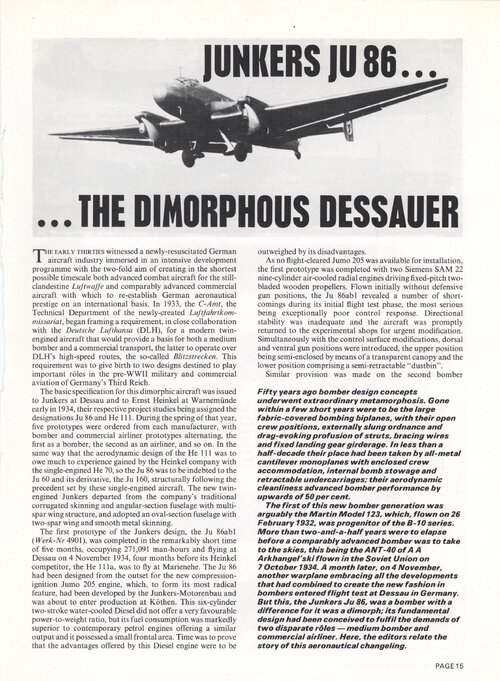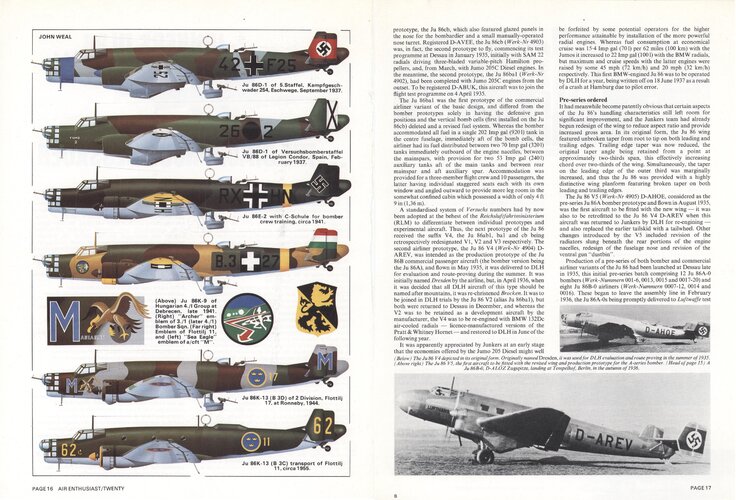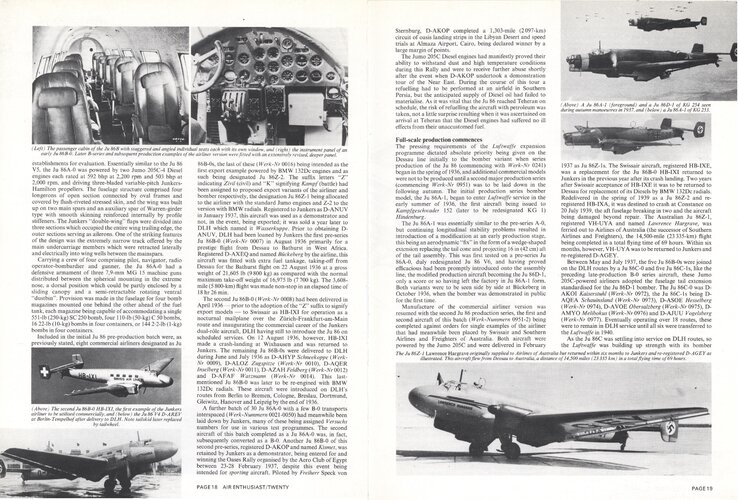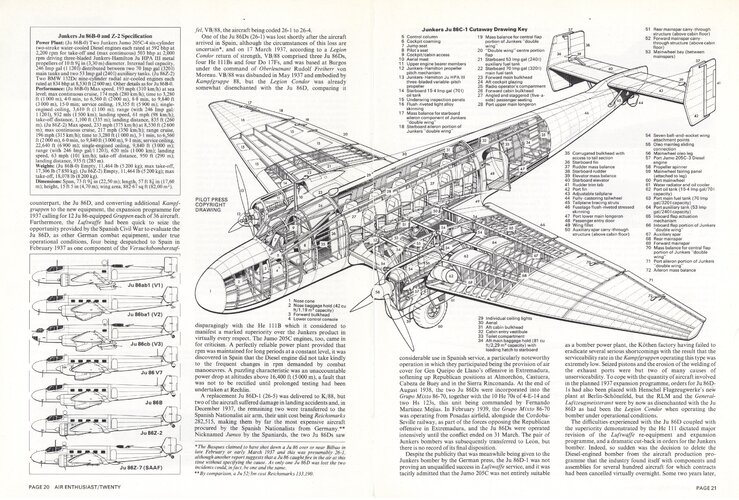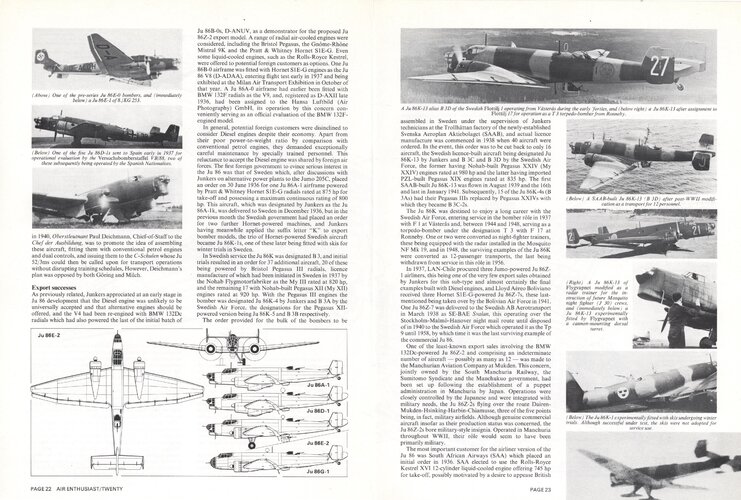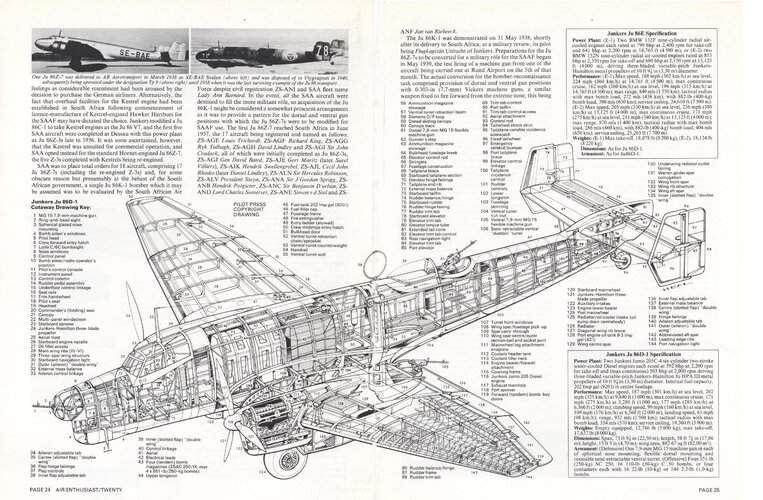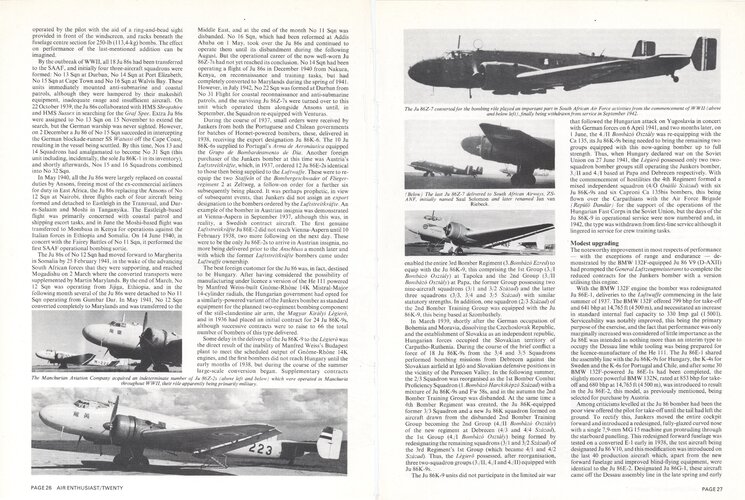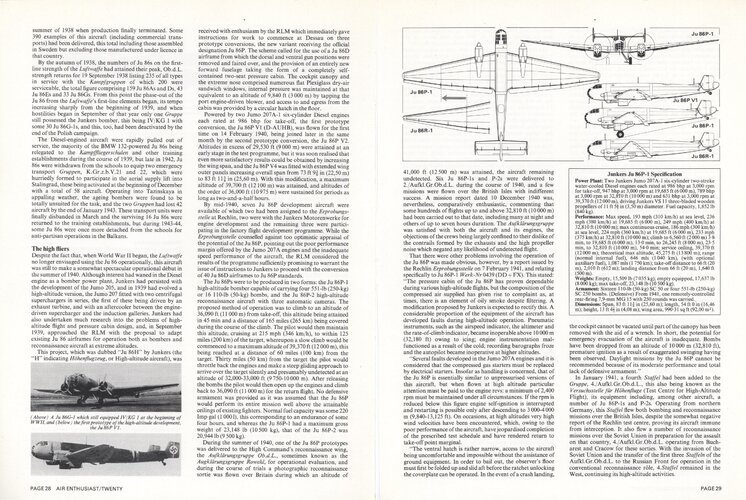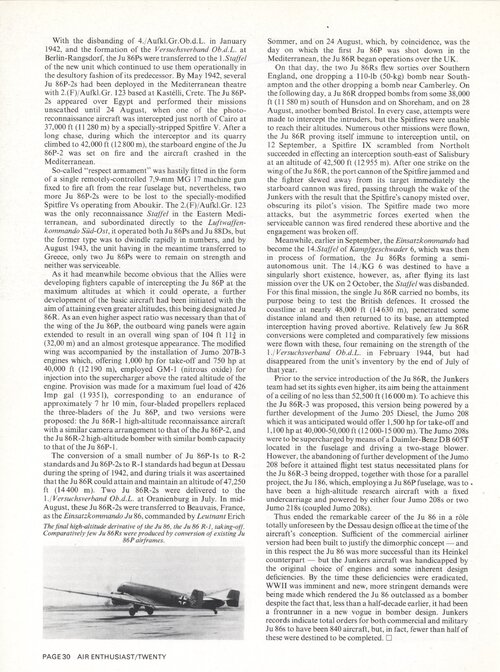The Junkers Ju86K-13 B 3C, probably the best of the Swedish B 3 bombers had a length of 15.5 m, a height of 4.9 m, a wingspan of 22.7 m, a maximum weight of 8,200 kg and a maximum speed of 372 km/h. The Cruising speed is 315 km/h which would allow for flight for about 3 hours, travelling 1,070 km. The fuel tank could hold 1,500 liters of Gas. The B 3 in all variations would continue in Swedish service from 1936-1958. It would be used as a medium bomber, a surveillance aircraft, and later as a troop transport. The Swedes would never have to use the aircraft in its original role, but despite this the Swedish B 3 had a horrible record. With I think, (will update once I can check) 19/56 being destroyed in accidents. In one horrible instance, the propeller would break off, decapitating the pilot, leading to plane being destroyed, killing all the crew. In another instance, during a training exercise, while attempting to evade “enemy” fighters, a B 3 would turn, hitting its wing on the ground, causing the plane to crash, killing everyone on board.
edit1- added a neat photo I found
Edit2-yes, 19/56 were written off in crashes, killing 31 crew in total.



